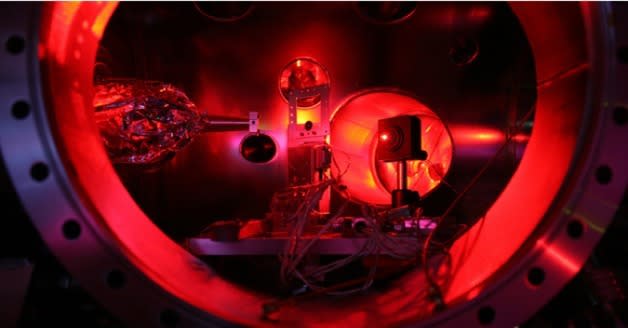 Today in Tech
Today in TechScientists create star matter in a lab: what could possibly go wrong?!

As scientists work to discover more and more about the galaxy and our own solar system, they're doing some pretty amazing things. But U.S. Department of Energy scientists working at the SLAC National Accelerator Laboratory at Stanford University have accomplished something that really boggles the mind: they have created superhot solid plasma — the kind of material you would find at the center of a star or a giant planet.
The scientists used a machine called the Linac Coherent Light Source, the most powerful X-ray laser machine ever created, to accomplish this feat. They fired the laser at a tiny cube of aluminum only one-thousandth of a centimeter wide, and as the laser pulses converged on the aluminum, it created a superhot solid plasma burning at a temperature of 3.6 million degrees Fahrenheit (2 million degrees Celsius).
While that might sound pretty darn hot (and it is about the temperature of our sun's corona or outer atmosphere), it's still much cooler than the 14 million Kelvin (13.9 million Celsius) of the matter at the center of our star. But the research goes a long way toward understanding the nuclear fusion process that powers our sun and makes stars work.
[Image credit: University of Oxford/Sam Vinko]
This article was written by Katherine Gray and originally appeared on Tecca
More from Tecca:
